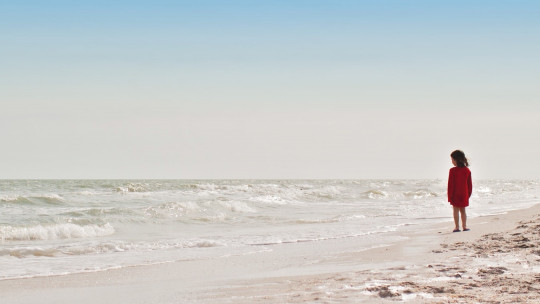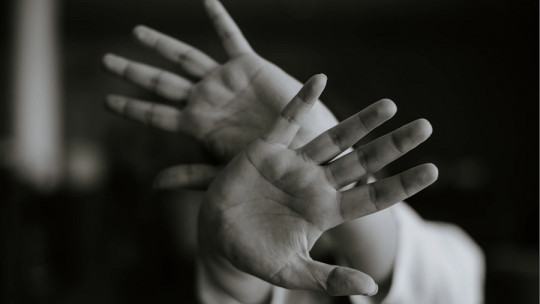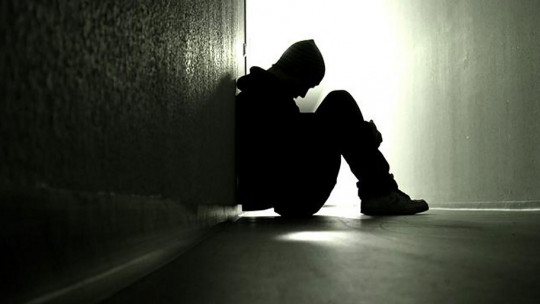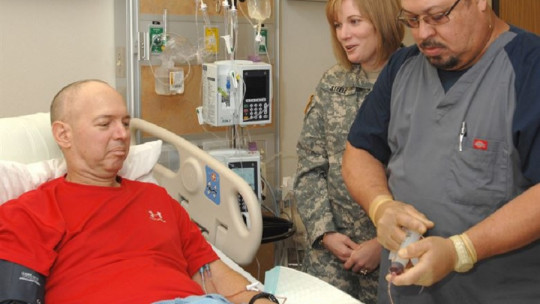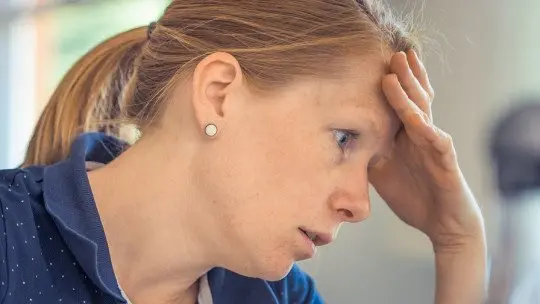Social anxiety is an anxiety disorder that can appear at any age , although more typically it does so in childhood and adolescence. The Social Anxiety Scale for Children-Revised (SASC-R) by La Greca and Stone (1993) assesses this anxiety.
In this article we will learn about the three factors into which the authors of the Scale divide social anxiety. We will explain the characteristics of this instrument, as well as its advantages, its format and the results of some research (which show how to interpret the results of the Scale).
Social Anxiety Scale for Children-Revised: what is it?
The Social Anxiety Scale for Children-Revised (SASC-R) by La Greca and Stone (1993), is a tool that evaluates social anxiety in children between 7 and 12 years old This is a revised version of the SASC (La Greca, Dandes, Wick, Shaw, & Stone, 1988). The SASC, for its part, was based on two scales by Watson and Friend (1969): “Fear of Negative Evaluation” (FNE) and “Social Advoidance and Distress” (SAD).
La Greca and Stone revised the previous scale (SASC; Social Anxiety Scale for Children) because they saw some weaknesses. They incorporated new items to the scale, specifically items referring to social avoidance and generalized “distress.” Thus, these authors divided social situations into two groups: new and generalized. They did so because they observed that this distinction had important clinical connotations.
In this way, the main differences between the Social Anxiety Scale for Children-Revised and its previous version (SASC) are the incorporation of a third factor and the increase in the number of items (which went from 10 to 18).
What does it evaluate?
Specifically, The Social Anxiety Scale for Children-Revised assesses social anxiety related to functioning with peers
This anxiety is divided into three factors or dimensions that we will see later in the article, which are: 1. fear of negative evaluation by peers (FNE); 2. anxiety and social avoidance in novel situations or with unknown people (SAD-N); and 3. anxiety and social avoidance towards people in general, whether they are peers, acquaintances or strangers.
Social anxiety in children and adolescents
Social anxiety, or social phobia, is classified as an anxiety disorder in the DSM-5 (Diagnostic Manual of Mental Disorders). This translates into intense fear or anxiety when faced with social interactions or other social situations (speaking in public, being at a party, meeting people, etc.).
It is an anxiety disorder that can appear both in childhood and in adulthood; However, it is in adolescence where it appears most frequently. This is because it is an age where social relationships and the fact of “having friends” are of vital importance, both for the child and the adolescent; Furthermore, his personality is being formed, very partly in relation to these friendships.
This makes the child or adolescent feel more pressure to be liked, as well as pressure to be included in social groups, invited to parties , etc. As we have seen, the Social Anxiety Scale for Children-Revised is responsible for evaluating this anxiety.
Scale Characteristics
The scale format is a 3-point Likert-type format Let us remember that the Likert format is a format created by the psychologist Rensis Likert, in which the answers are scored in a range of values (for example “little”, “normal” or “a lot”).
However, although in the Spanish version of the SASC-R, the range of scores ranges between 1 and 3 (points), the authors of the Scale also used the range of 1 to 5 points.
On the other hand, the Social Anxiety Scale for Children-Revised is made up of 22 items; Of these 22, however, only 18 are taken into account.
Scale Factors: social anxiety
The studies carried out on the Social Anxiety Scale for Children-Revised (specifically, various factor analyzes were carried out) indicated that social anxiety in this age group (childhood) can be grouped according to three factors
It is worth mentioning that these three factors or dimensions have good levels of internal consistency. The three factors are:
1. Fear of negative evaluations
This fear appears in relation to the negative evaluation of peers, that is, of children of the same age. In the Social Anxiety Scale for Children-Revised, this factor is called FNE (“Fear of Negative Evaluations”).
2. Social avoidance
Social avoidance occurs in relation to generalized (non-specific) social situations. This social avoidance also translates into social “distress”, and its acronym (SAD-G) corresponds to “Social Avoidance and Distress-General”.
3. Anxiety when faced with new situations
Anxiety appears in new situations related to situations with new colleagues. Thus, this social “distress” refers to specific and new situations with peers (in English, “Social Avoidance and Distress-Specific to NewPeers”; SAD-New or SAD-N).
Advantages
As positive features, We found that the Social Anxiety Scale for Children-Revised is a brief and easy-to-administer scale. Furthermore, its psychometric properties are good
It consists of a self-report instrument; In fact, these are the few tools that exist in self-report format to evaluate social anxiety in children and adolescents.
This scale allows evaluating different dimensions of anxiety and social fear in childhood, either at a clinical or non-clinical level.
Research
An important study carried out by Sandín et. al (1999) analyzed the psychometric characteristics of the Social Anxiety Scale for Children-Revised. Reliability analyzes showed that the SASC-R had a good level of reliability (this includes: Cronbach’s alpha, homogeneity index, item-scale correlation and coefficient of determination).
On the other hand, the three mentioned factors of the scale also had good levels of reliability.
Interpretation of your results
Another study carried out with the Social Anxiety Scale for Children-Revised reviewed the relationships between the anxiety levels of the different subscales (factors) of the Scale, and the social and emotional functioning of children.
The results showed that the first factor, fear of negative evaluation, was related to lower self-esteem Furthermore, children who scored high on this factor had a perception of low social acceptance and interacted more negatively with their peers.
The third factor of the Social Anxiety Scale for Children-Revised, fear or anxiety in new situations, was related to children who also perceived low social acceptance by others, as well as a higher number of negative interactions. .
Finally, it was seen that children with higher scores on the SASC-R had a greater deterioration in their global social functioning. This translated into poorer social skills, fewer social relationships, and a perception of little social acceptance by others.

